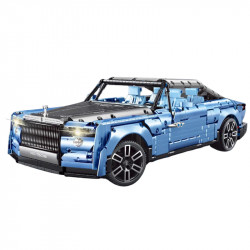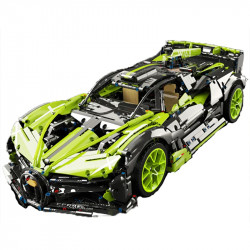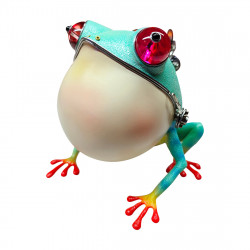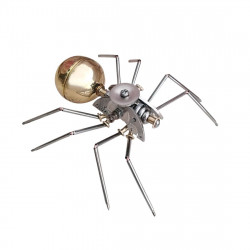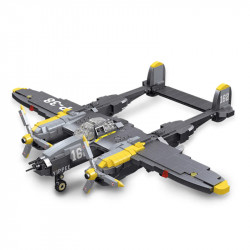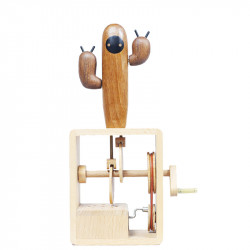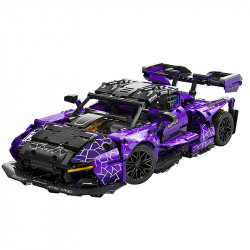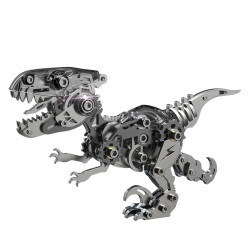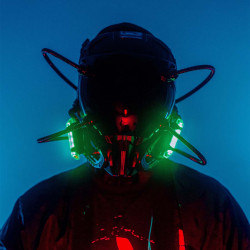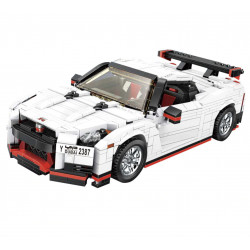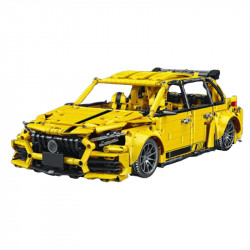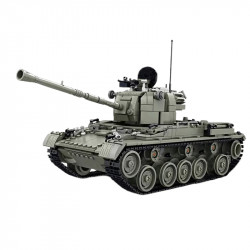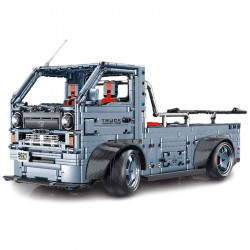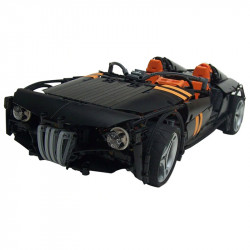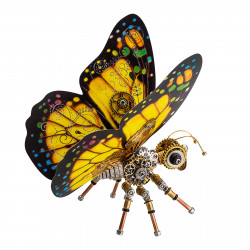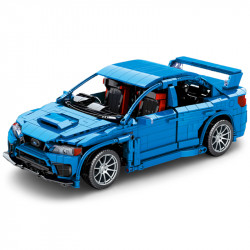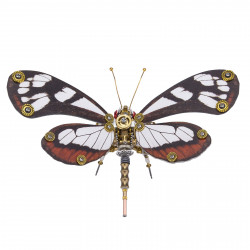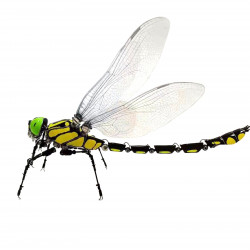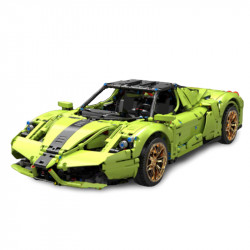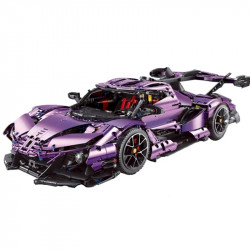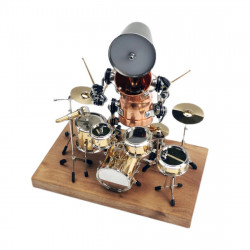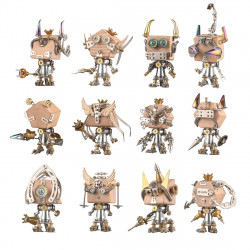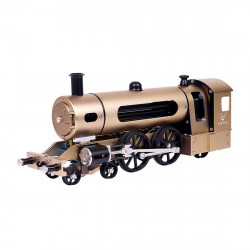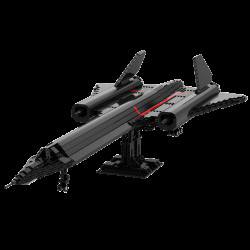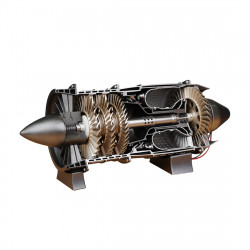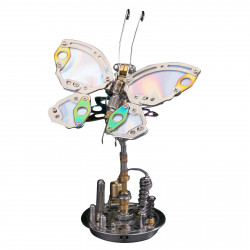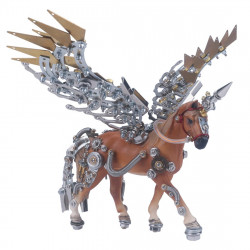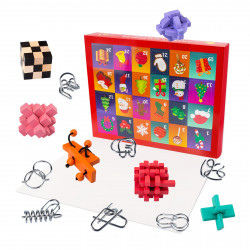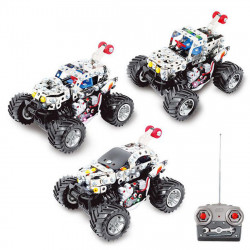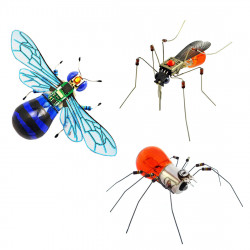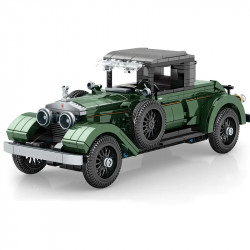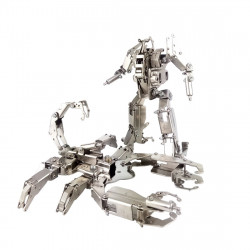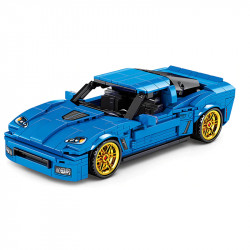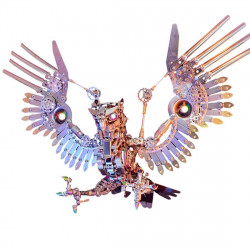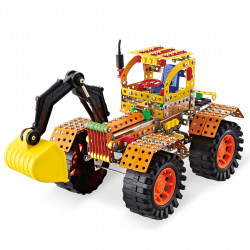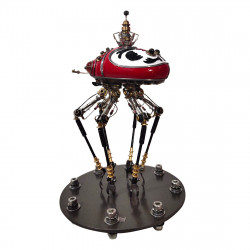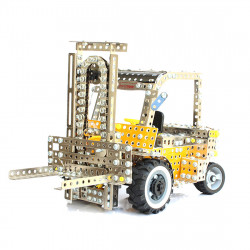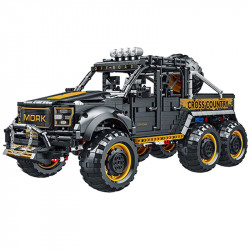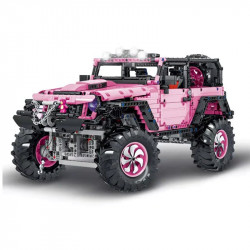Review: Metal Earth 1965 Ford Mustang

Review: Metal Earth 1965 Ford Mustang
The 1965 Ford Mustang Metal Earth kit is fun and makes a miniature replica of this vintage vehicle. I worked on it during a few little building sessions because it's been a hectic season, and I keep getting interrupted. You could finish this quickly if you have a free afternoon.
Let's start by looking at the actual topic.
The 1965 Ford Mustang
The 1965 Mustang from the rear of the Metal Earth package:
Introduced the pony car, a new form of automobile. According to Ford, 22,000 orders were placed on its introduction, demonstrating the enormous popularity of its ground-breaking design, which included a tall hood and short deck. For a base retail price of $2,320, the Mustang was equipped with a 170 cubic inch six-cylinder engine, a three-speed floor shift transmission, full wheel coverings, bucket seats, carpeting, and a padded dash. Additionally, a 260 cubic inch V-8 engine was an option.
It would be an enormous understatement to suggest Ford had a resounding success. It eventually moved to 700,000 units, setting a record for first-year sales of any new model unlikely to be topped in the current fragmented auto market.
The 1965 Mustang is still a popular American vehicle that draws attention at auto exhibitions fifty years later.
Building the Metal Earth Mustang
The kit includes two metal sheets. The package's side-printed skill level assigns it a score of five out of ten, which is accurate. However, as we'll see, it could have been even more straightforward when you started constructing the front grill part. That presents enough difficulty to boost the meter by a few points.
However, it is still highly buildable, even for those new to 3D metal modeling.
The build starts …
Two parts must be assembled with the hood's trunk, roof, and upper body. It's pretty simple; after that, you attach the side panels. Here, exercise caution. Before bending the window frames back up, you must fold each side down at a 90-degree angle (as indicated in red on the instructions). You'll have twists you don't want if you try to perform them in portions rather than in that order.
Moving on to instruction page 3 …
… The aerial (part #5) was difficult for me to shape. The problem is that it's only a small portion. Go slowly. I found that shaping the base with my smallest cone-shaped mandrel was beneficial. You might also use the sharpened end of a pencil.
After the aerial is shaped, it must be fastened to the vehicle's body.
These little detail pieces can occasionally sit loose or flop around when attached. (1) Twisting the tabs as firmly as possible, (2) positioning the part exactly as you want it to sit on the model, and (3) applying a drop of superglue right on the twisted tabs on the back or inside are quick and efficient ways to accomplish this.
This technique held the aerial firmly and permanently in place and worked flawlessly.
Shaping the wheel wells
The next step is to locate a cylindrical object or instrument in your home that you can use to form the wheel wells.
I took one of my steel mandrels and used the handle. It finished out nicely, and its diameter is 1/2 inch. Therefore, any cylinder or 1/2-inch dowel will work.
Adding the interior detail
Now that the wheel wells are constructed, the steering wheel, gear change, and seats may be added. All of this fits together really quickly. Three components make up the steering wheel rod. Although they are not difficult to assemble, they are tiny parts that might be challenging to manage and difficult to locate if you drop one. Take your time, then.
Part #15, which is to be affixed to the exterior of the front fender, comes in two pieces. You'll notice that the instructions about bending or twisting the tabs are vague, typically shown by a blue circle or a green triangle. When I can, I always twist because it gives me more strength. This was unquestionably the proper decision, and these tabs won't be visible afterward.
Building the chassis
The instructions on pages 5 and 6 provide a detailed and easy-to-follow breakdown of how to assemble the chassis.
I want to highlight two points.
And would: Each of the two axles consists of three box-shaped components. Before folding this more significant portion, fold the smaller parts (#17) and fasten them to the larger piece (#16). You cannot twist the inside tabs correctly if you don't.
And would: Once more, shape the "tires" (#19) into lovely circular rounds using a cylindrical instrument. It has a 7/16-inch diameter.
Afterward, you will attach the two assemblies you constructed together—the body and the chassis—to Page 7 of the instructions.
Now it starts looking like a '65 Ford Mustang!
After the body and chassis are assembled, the vehicle will feel much more substantial, and the internal details will be preserved.
Everything is going well so far! "The Metal Earth 1965 Ford Mustang has to be one of the easiest kits I've ever built," I thought.
Every time you begin to believe that, get ready.
The front grill assembly
The home straight is the final page of the instructions, but it's also the most challenging phase of the build. You can succeed, so don't panic. Take your time, though!
Attempting to attach the prior assembly to the front end was the most challenging aspect of the process. It took a long time to line up the four tabs and slots. TIP: The secret is to understand that the distance between each slot you're attempting to align with the tabs depends on the angle at which the front "apron" is folded. Therefore, until the slots line up with the tabs, you must be patient and keep making tiny changes to the angle of those four parts that make up the apron.
Oh, phew! I was relieved it was finished.
The Completed Metal Earth 1965 Ford Mustang
Choosing whether to pose your Mustang with its doors open or closed is the only thing left.
I adore it!
In conclusion
This build was a lot of fun and a terrific way to break up more involved undertakings. The detail is excellent, doesn't create too much drama, and doesn't take long to assemble.
